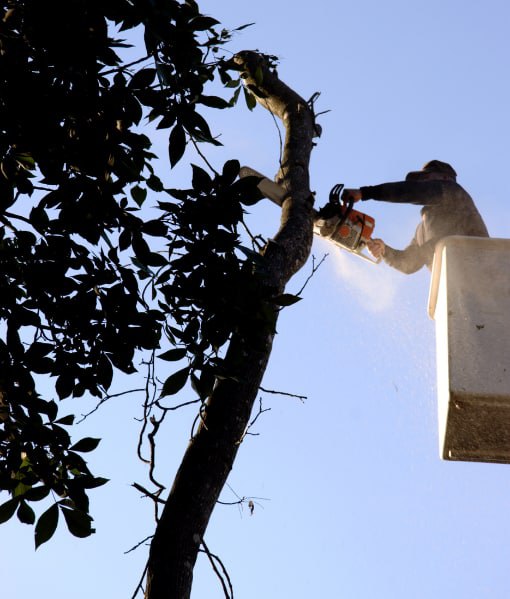
Introduction: Maintaining healthy trees goes beyond aesthetics; it’s also about ensuring the well-being of your green companions. One essential aspect of tree care that often gets overlooked is pruning as a pest and insect control method. By employing proper pruning techniques, you can reduce the risk of infestations and minimise the damage caused by harmful pests. In this blog post, we’ll explore how pruning can be an effective and natural tool in your arsenal for pest and insect management.
The Importance of Pruning for Pest Control:
- Enhanced Air Circulation: Proper pruning encourages better air circulation through the tree canopy. This helps to reduce the humidity that pests like aphids and mites thrive in.
- Increased Sunlight Exposure: Thinning the canopy allows more sunlight to reach the inner branches, making the environment less favourable for some insects.
- Early Detection: Regular pruning allows spotting and addressing pest issues before they become severe infestations.
Pruning Techniques for Pest and Insect Control:
- Remove Dead or Diseased Branches: Dead or diseased branches can attract pests. Prune them promptly to prevent infestations from spreading.
- Thinning the Canopy: Overcrowded branches can trap moisture and create an ideal environment for pests. Thin out excess growth to improve airflow and sunlight penetration.
- Raise the Crown: Raising the lower branches of a tree can discourage crawling pests, like termites or ants, from accessing the trunk.
- Remove Sucker Growth: Suckers are rapid, weak growths that can attract aphids and other sap-sucking insects. Prune them to maintain a healthier tree.
Timing Matters:
- Prune in Dormant Season: Most trees should be pruned during the dormant season (winter) to minimise stress and reduce the risk of disease transmission.
- Immediate Pruning for Infestations: If you notice signs of a pest infestation, such as discoloured leaves, honeydew, or chewed foliage, address the issue promptly by pruning affected areas.
Preventing Attractants:
- Clean Up Fallen Leaves and Debris: Leaves and debris on the ground can provide shelter and breeding grounds for pests. Regularly clean up around your trees.
- Avoid Over-Fertilisation: Over-fertilising trees can lead to excessive new growth, which may attract certain pests. Follow recommended fertilisation practices.
Using Pruned Material:
- Mulch with Caution: Avoid using mulch made from pruned branches near susceptible plants, as it can introduce pests to your garden.
- Dispose of Pruned Material Properly: Burn or chip pruned branches and leaves to prevent pests from using them as a habitat.
Conclusion: Pruning for pest and insect control is a natural and proactive approach to tree care. Adopting the right pruning techniques and timing can create a healthier environment for your trees while reducing the risk of infestations. Regularly inspect your trees, address issues promptly, and practice good garden hygiene to keep your outdoor space thriving and pest-free.
Call us on: 01580 234694
Click here to find out more about Hawkhurst Tree Surgeons
Click here to complete our contact form and see how we can help with your tree’s needs.